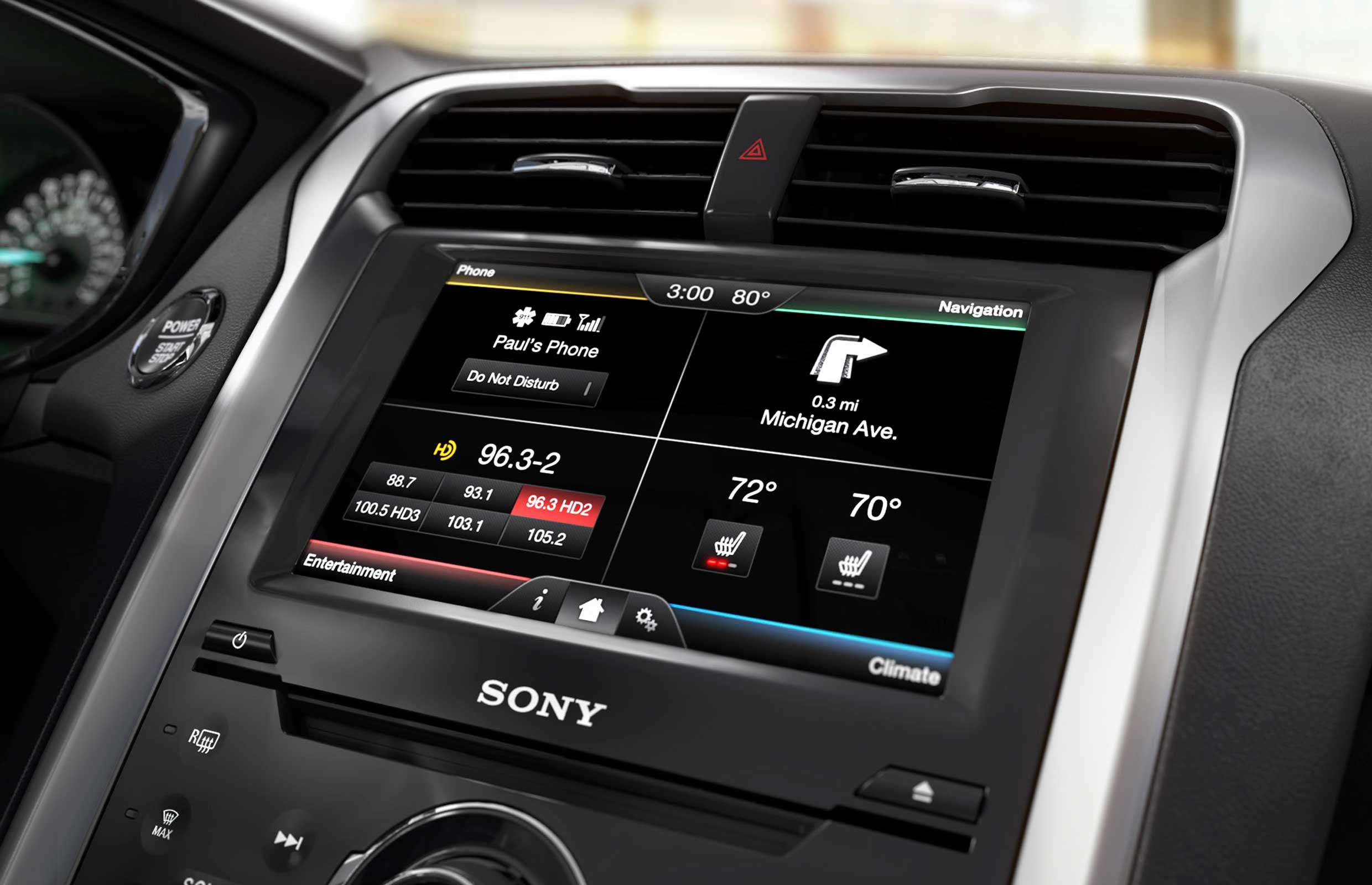Car infotainment systems that use voice commands may let drivers keep their hands on the wheel, but they’re still highly distracting.
It takes drivers up to 27 seconds to return to full attention after using voice commands to make a hands-free call, turn on the radio or perform other tasks, according to two studies released Thursday by the AAA Foundation for Traffic Safety. Traveling at 40 km/h, that would equal the length of three football fields.
The studies, done for AAA by the University of Utah, compared various voice-operated systems from 2015 model-year vehicles. Infotainment systems in the Chevrolet Equinox, Buick LaCrosseand Toyota 4Runner were the least distracting because they were more intuitive and better at understanding voice commands. Systems in the Ford Taurus, Chevrolet Malibu, Volkswagen Passat, Nissan Altima, Chrysler 200 and Hyundai Sonata performed less well.
The system in the Mazda6 was the most distracting. The researchers found that Mazda’s system required multiple steps, had poor voice detection and took longer to complete tasks. To select a radio station, users had to say “frequency” and then the station number.
 Practice with the systems didn’t necessarily help. The 257 research subjects took the cars home for five days, but the tasks that were difficult on the first day remained difficult a few days later, the researchers found.
Practice with the systems didn’t necessarily help. The 257 research subjects took the cars home for five days, but the tasks that were difficult on the first day remained difficult a few days later, the researchers found.
The least distracting systems still impaired drivers for at least 15 seconds, the studies said. Older drivers took a longer time to resume full attention than younger ones. Researchers measured the return to full attention by timing participants’ response to a flashing light.
Researchers also studied the level of distraction when drivers use mobile phones with voice commands. They found Google Now was more intuitive — and slightly less distracting — than Apple’s Siri and Microsoft’s Cortana. The phone study had 65 participants.
[“source-driving”]





